
Editor
Lloyd Kelly Miralles chevron_right
Table of Contents
Why it matters in Singapore right now
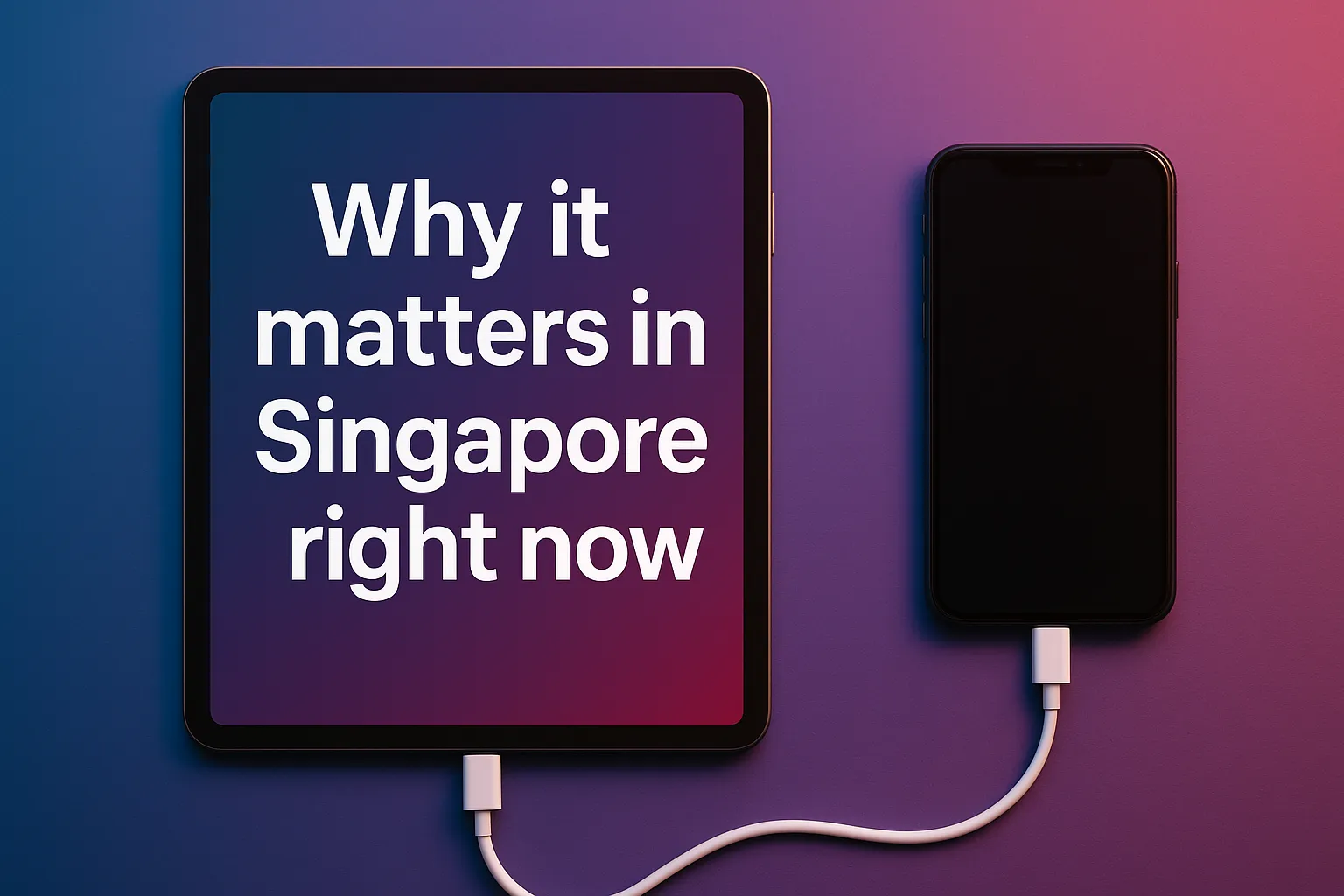
All three national operators—Singtel, StarHub and M1—now advertise 99 percent outdoor 5G coverage, effectively blanket-surfacing the island with gigabit radio lanes. Add to that more than 10.5 million mobile connections in a population of 5.9 million, meaning most residents juggle two SIMs or an eSIM alongside a primary line. Because every new iPad and Android slate now charges, syncs, and displays 4K video over the same reversible USB-C plug, your tablet becomes a Swiss Army bridge: one port for power, screens, cameras, and drives; one tap for 5G or Wi-Fi 7.
Your 2025 connection toolbox

|
Port / Logo |
Shorthand |
What it does |
Typical speed* |
|
USB-C (USB 3.2 / 4) |
Cable |
Charging, data, 4 K/8 K video |
up to 40 Gbps |
|
Wi-Fi 6 / 6E / 7 |
Local LAN |
Screen-cast, file-share, multiplayer |
1–20 Gbps† |
|
Bluetooth 5.3 / LE Audio |
Personal area |
Ear-buds, keyboards, stylus |
24 Mbps |
|
5 G (Sub-6) |
Mobile WAN |
Streaming, hotspot, tether |
100–1200 Mbps |
|
Matter |
Smart-home mesh |
One setup ritual for IoT gear |
N/A |
* Cable quality and radio congestion apply. † Top figure needs a 320 MHz Wi-Fi 7 channel. More than 750 products already display the Matter badge, a number climbing every month as brands rush to certify.
Hook up your audio
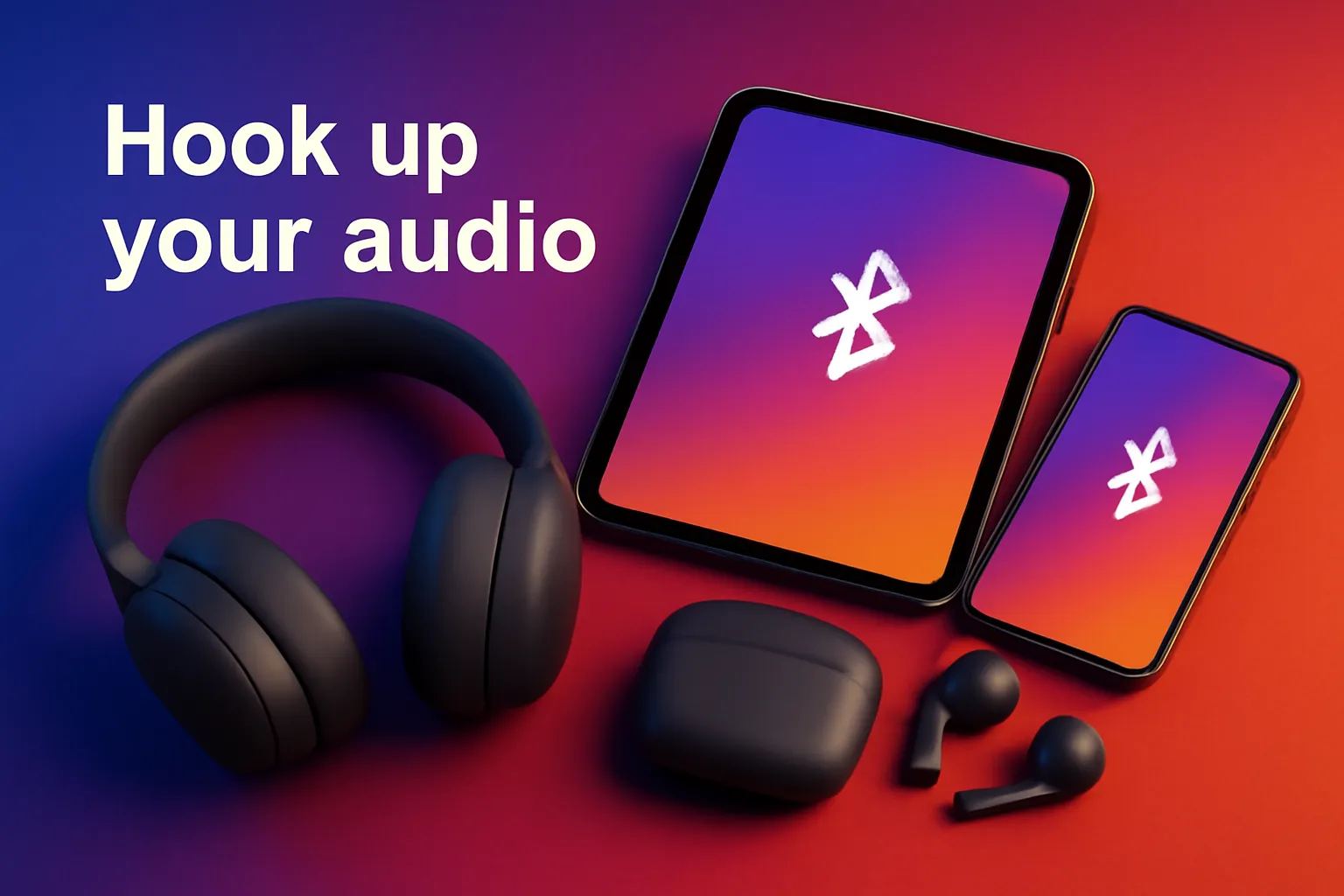
Start by placing your earbuds in pairing mode (the status LED blinks). Open Bluetooth settings on the tablet, choose “Add device”, tap the model name and you’re listening. Bluetooth 5.3 streams independent left- and right-channels via LE Audio, improving clarity and extending battery life; if the companion app offers LC3 or aptX Lossless, select it for near-CD sound quality. For living-room speakers, a simple USB-C-to-3.5 mm dongle still wins on reliability, whereas Chromecast Audio or AirPlay 2 lets one slate feed music to every room of an HDB flat without drop-outs through thick walls.
Mirror or extend to a bigger screen
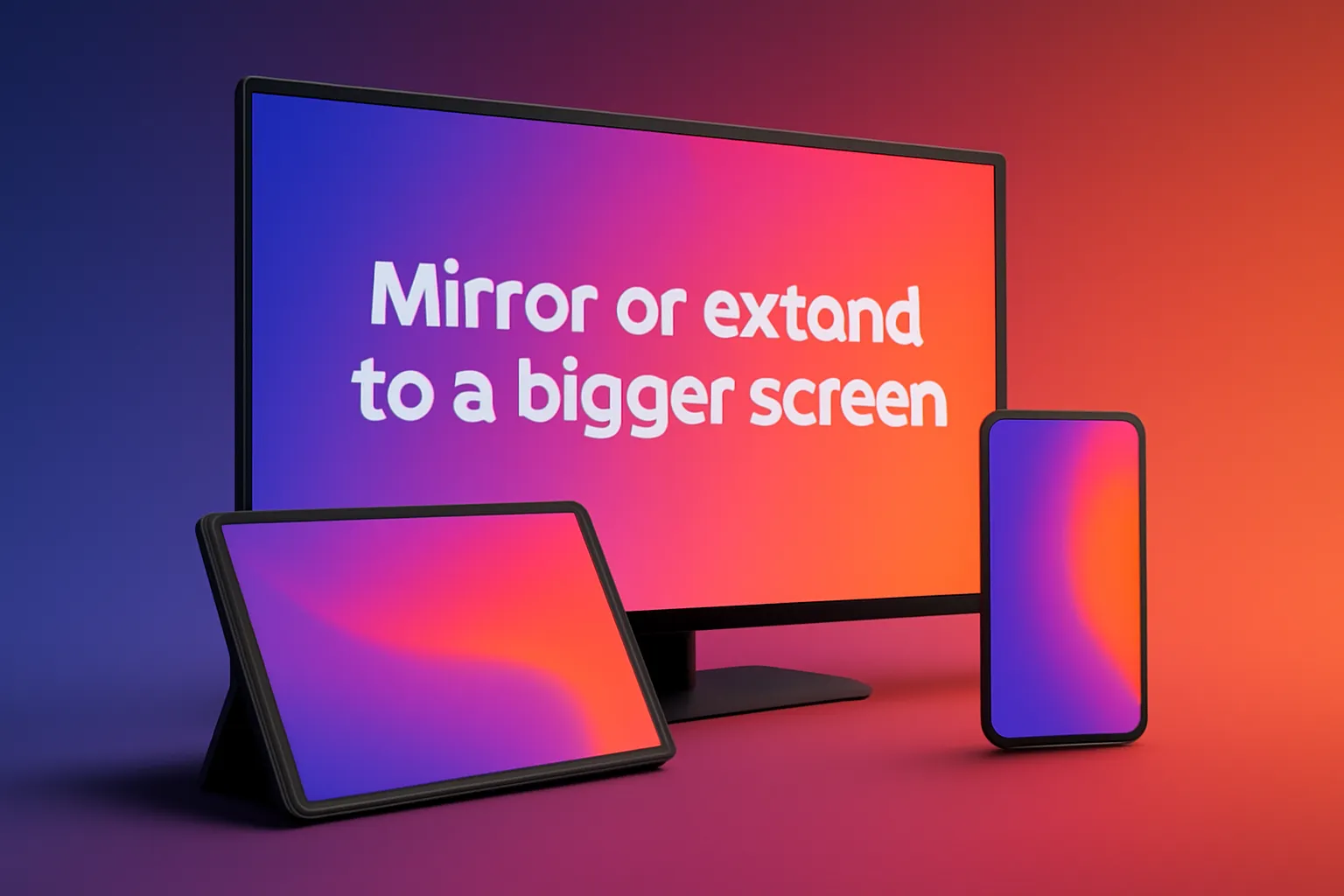
A single USB-C-to-HDMI adaptor rated for 4 K 60 Hz handles most monitors and TVs: plug in, pick “Mirror” or “Second screen” in Display settings, and Samsung DeX or iPadOS 18’s Stage Manager appears automatically. When no cable is handy, tap the Cast icon for Chromecast-ready sets, use Smart View (Miracast) on many Android tablets, or pull down Control Centre on an iPad to AirPlay. Singapore’s afternoon equatorial sun pours through glass, so aim for a television that sustains at least 600 nits if your living room faces west.
Type, draw and game like a pro
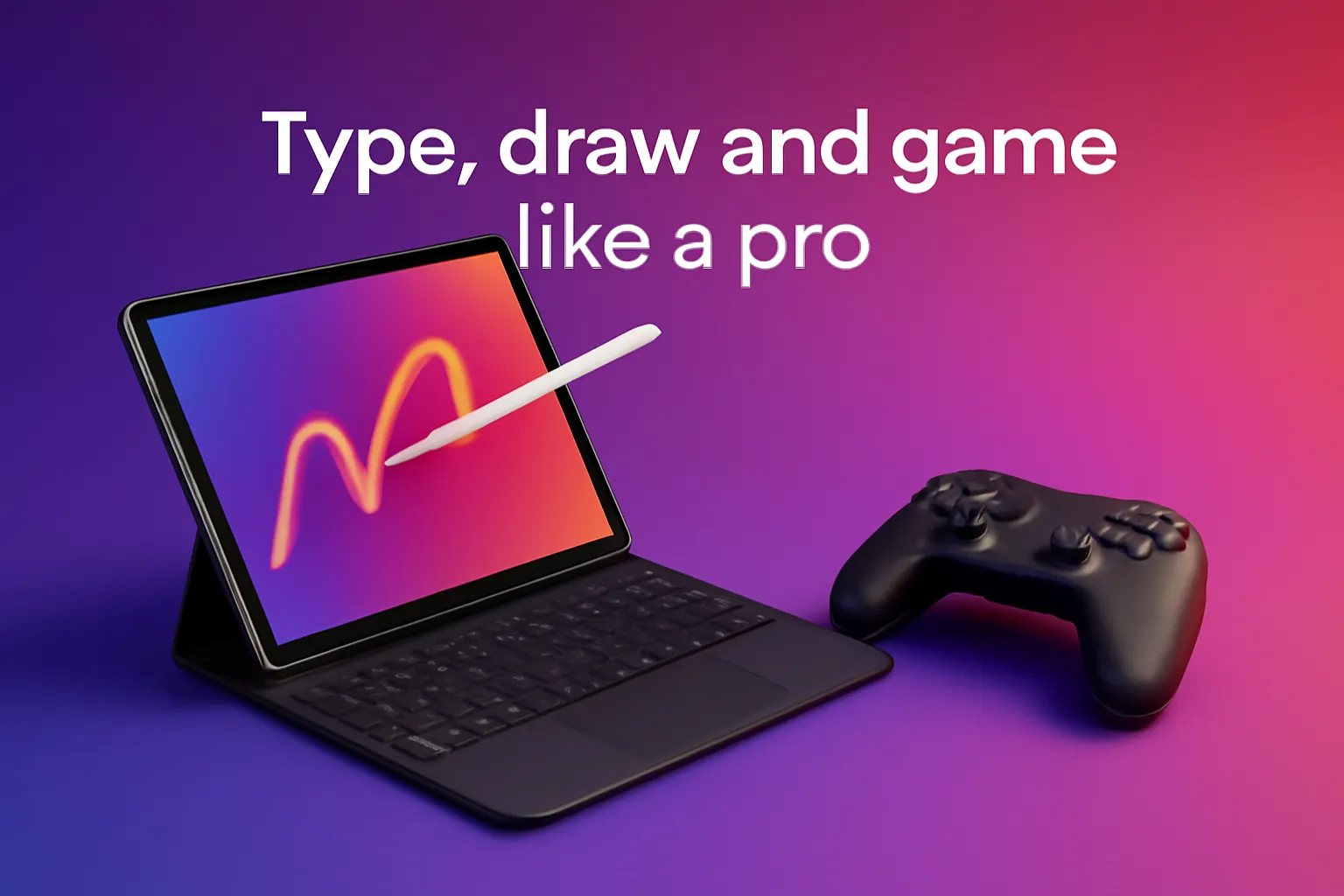
Switch on your Bluetooth keyboard, scan for it on the tablet, confirm the pairing PIN, then set the key layout (US, UK, or “Intl”) under Language & Input. Reinforced concrete in HDB walls can halve the quoted 10-metre range, so a 2.4 GHz USB-C dongle helps if keystrokes feel spongy. Xbox and PlayStation controllers pair the same way—hold the Share + PS or Pair buttons until the light bar flashes—after which most Android titles map buttons automatically, and iPadOS 18 even delivers rumble feedback for compatible games.
Move files faster than e-mail
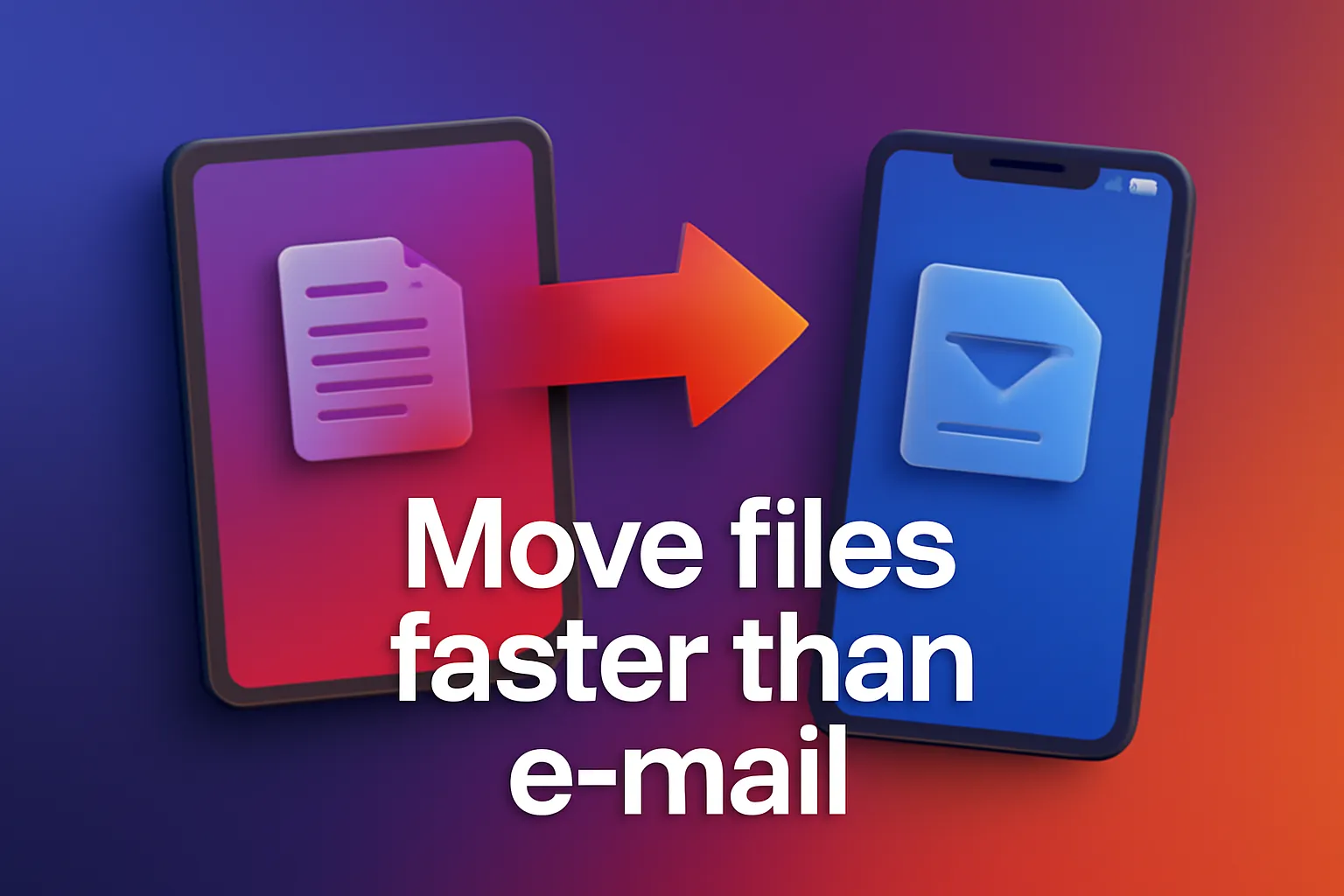
Insert an SSD, thumb-drive or USB-C card reader and the Files app mounts it immediately, so RAW captures jump straight into Lightroom Mobile. Tablet-to-tablet transfers hit roughly 200 Mbps via Nearby Share, Quick Share or AirDrop, all riding Wi-Fi Direct without touching the public internet. Friends who still carry micro-USB sticks find salvation in a dual-headed OTG flash drive picked up at Sim Lim Square for under S$10.
Share—or borrow—the internet
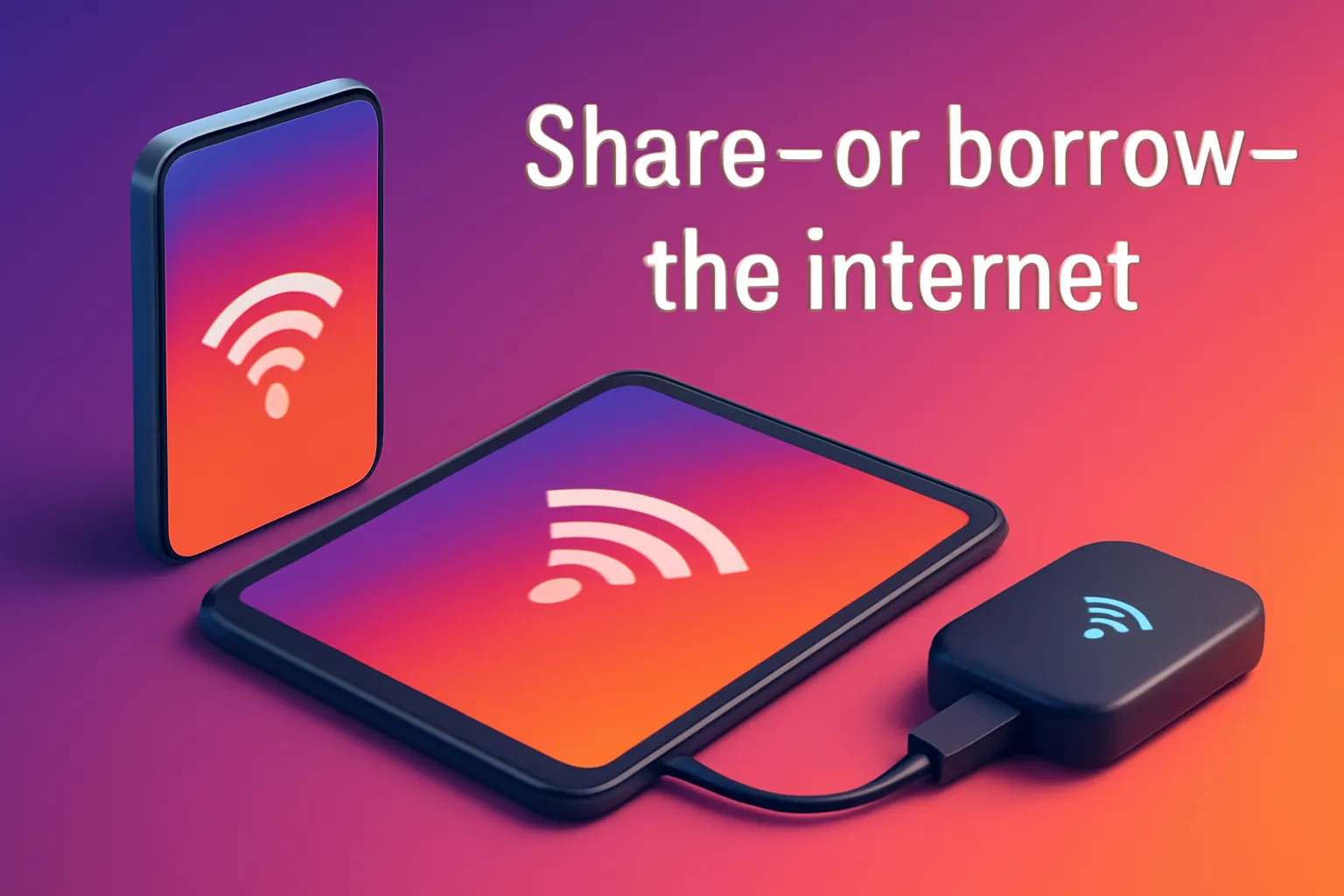
Toggling the Wi-Fi Hotspot switch turns 5G data into a mini-router; a USB-C tether to a laptop is faster and counts the same in Singtel, StarHub or M1 data buckets. Bluetooth PAN barely sips power but crawls near 2 Mbps, so keep it for genuine emergencies like stranded MRT tunnels.
Smart-home control
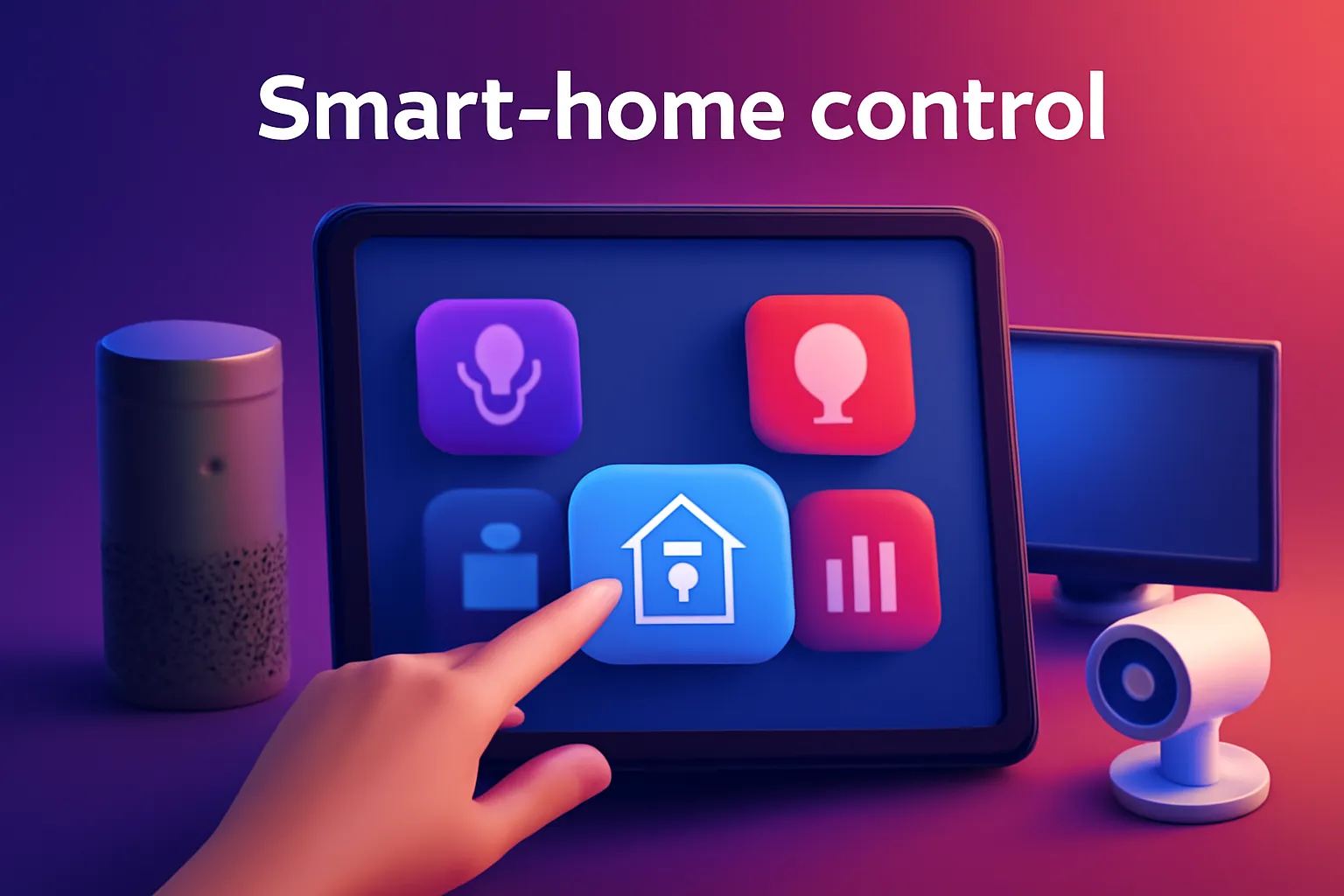
Scan one Matter QR code and the bulb, plug or sensor surfaces simultaneously in Google Home, Apple Home and Samsung SmartThings. Advanced routines such as robot-vac “zone-cleaning” still live in the maker’s app, but reliability improves with every firmware push. Parking 2.4 GHz-only IoT devices on a guest SSID stops them from choking your shiny Wi-Fi 7 lanes.
Print, scan and present

AirPrint (iPad) and Mopria Print (Android) discover most Wi-Fi printers with zero drivers. When the conference projector at an older community centre turns out to be VGA-only, a USB-C-to-VGA dongle—about S$15—remains the universal show-saver.
Quick fixes when things refuse to pair

|
Symptom |
Likely culprit |
Fast fix |
|
Bluetooth gadget invisible |
Already paired elsewhere |
Forget it on the other device, then retry |
|
4 K monitor flickers |
Cable limited to 30 Hz |
Replace with a certified HDMI 2.1 lead |
|
USB-C drive won’t mount |
Draws too much power |
Use a powered hub or self-powered drive |
|
Smart bulb AWOL after power cut |
Router handed it a new IP |
Power-cycle bulb or reserve its IP address |
What to buy in 2025
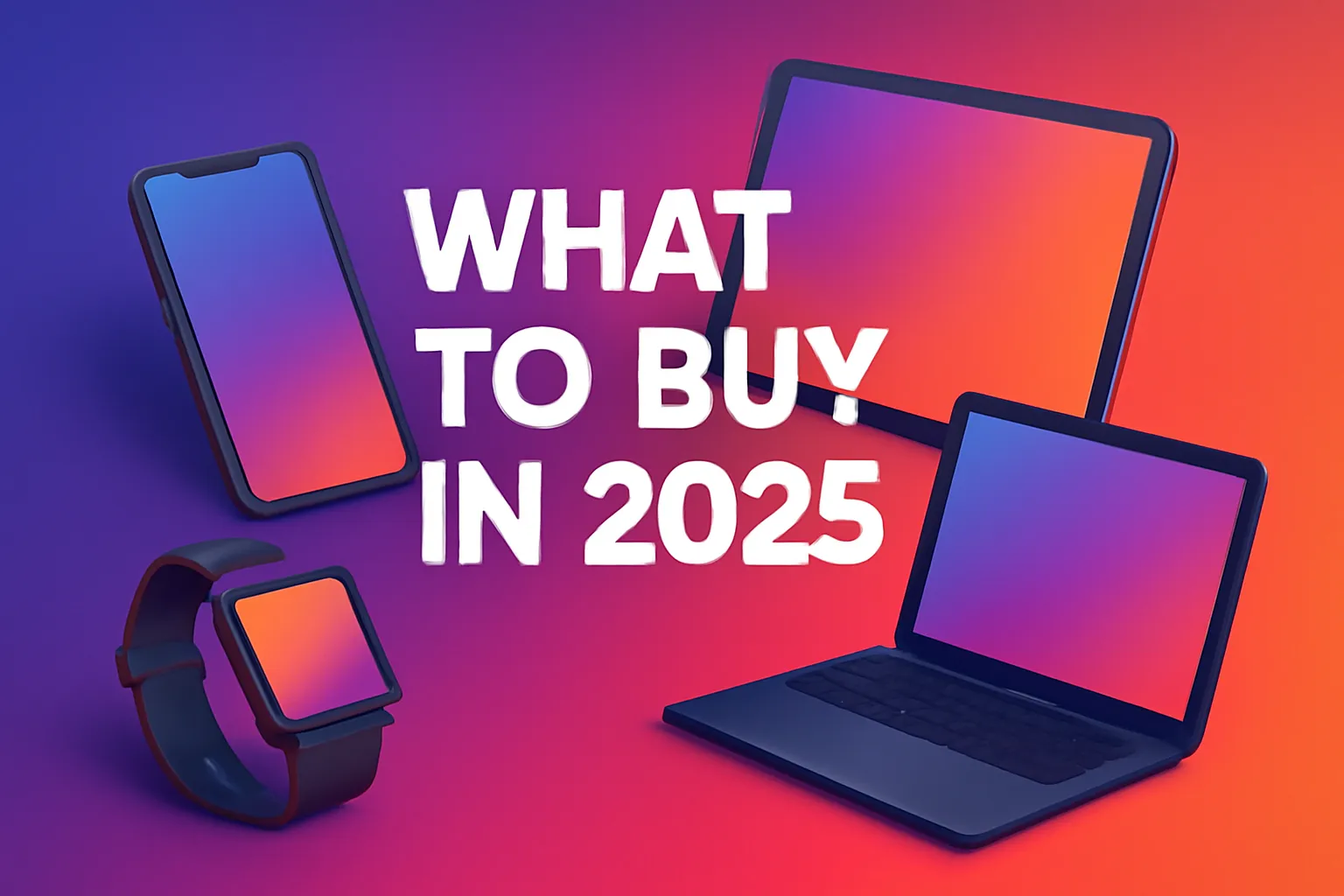
A USB-C hub with HDMI 2.1, two USB-A ports and 100 W passthrough sits around S$55; Bluetooth 5.3 earbuds with LC3 start near S$70; early Wi-Fi 7 routers cost about S$370 if you have 1 Gbps fibre from NetLink Trust; and a Matter-ready smart plug already dips under S$25 as retailers like Challenger clear Zigbee stock.
Conclusion
A tablet is half glass, half bridge. Master these connection basics, keep one good cable in your bag, and the slate morphs from Friday-night cinema to Saturday sketchbook to Monday work PC. If something wild worked for you—maybe your grand-aunt’s Bluetooth hearing aid tuning into an Auracast TV stream—share the story so the whole community keeps dodging the wrong dongle. Happy connecting!
